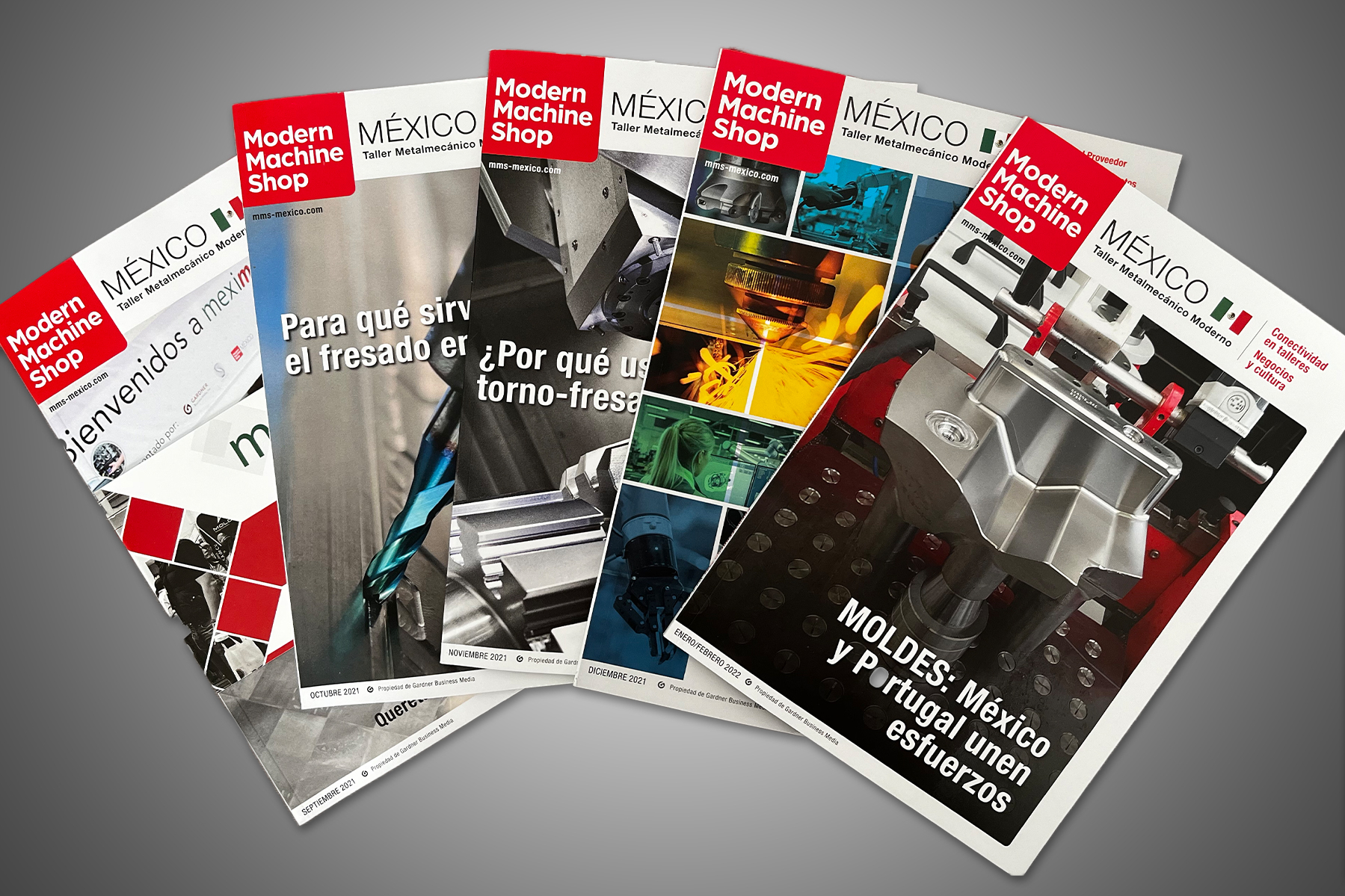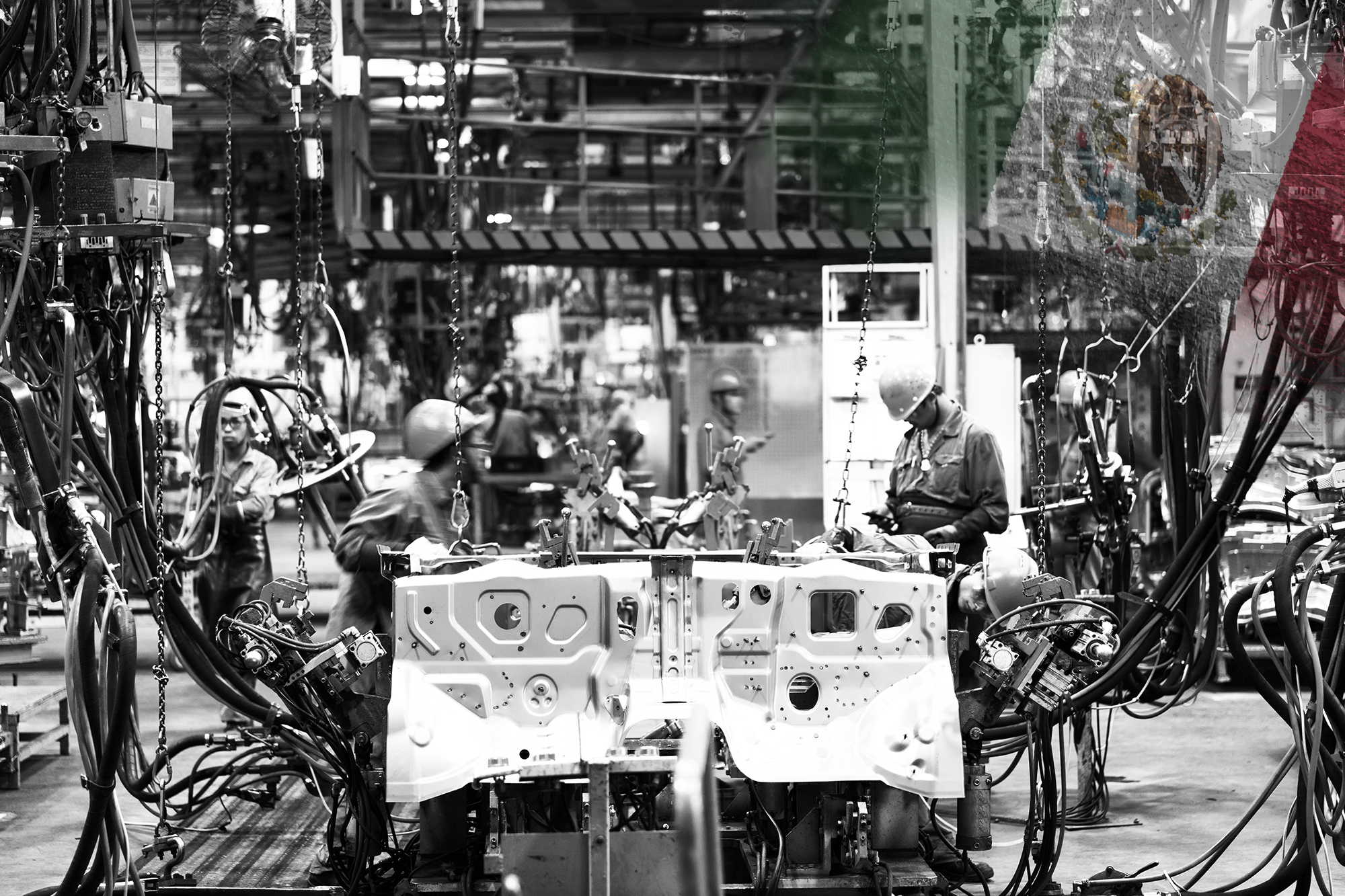The nearshoring impact on Mexican companies
In the last twelve months, Mexican companies have benefited from increased foreign direct investment and demand from U.S. established companies, from companies relocating their operations to Mexico or from other Mexican companies benefiting from nearshoring.
#fitma
In the last twelve months, Mexican companies have benefited from increased foreign direct investment and demand from U.S. established companies, from companies relocating their operations to Mexico or from other Mexican companies benefiting from nearshoring.
Banco de México presented the business opinion regarding the impact that nearshoring has had on Mexican production. The information indicates that the benefits have been diversified among regions and sectors, with the northern region and the manufacturing sector integrated into global value chains being the most favored.

Information from Banco de México reports that the benefits of productive integration are not exclusive to the export sector; rather, nearshoring opens up the opportunity for the development of local supply chains that allow domestic companies to insert themselves into global chains.
Crédito: MMS Mexico Archive
Alejandrina Salcedo, director of price analysis, regional economy, and information at Banco de México, mentioned that although several companies contacted assign a high probability that this process will continue: "If this is done, it will probably happen gradually and will depend on whether the expected benefits of relocation outweigh its costs, which are high in monetary terms and on the complexity of forming productive networks".
Evidence of nearshoring in Mexico
The information presented details that Mexico's geographic proximity to the United States and the existence of the USMCA have reduced institutional and monetary barriers to trade and facilitated the transit of products between these two countries. As a result of this, Mexico has become the perfect candidate for the relocation of companies that supply goods to the U.S. market.
In this context, information on the business perception in Mexico was gathered, regarding the benefits that the reconfiguration of global value chains has had for the country.
"According to the companies contacted by Banco de México in the April-June quarter, the arrival of more foreign companies in Mexico seeking to benefit from the proximity of the United States has been observed," said Salcedo.
This is due, the information details, mainly to the strained commercial relationship between China and the United States, and the new USMCA rules of origin, which were mentioned by 49.3 % and 49% of the companies interviewed, respectively.
In addition, 33.3 % of contacts mentioned that this was a result of the COVID-19 pandemic; 29.3 % to the war between Russia and Ukraine; and 28.1 % indicated that this was developing before, due to other factors.
In the Monthly Survey of Regional Economic Activity (EMAER), company representatives were consulted if their production, sales or investment had increased in the last twelve months as a result of nearshoring.
The information highlights that 16% of companies with more than 100 workers nationwide have benefited in some way from nearshoring in the last twelve months, either due to greater foreign direct investment or greater demand by companies established in the United States, by companies that have moved their operations to Mexico, or by other Mexican companies benefiting from nearshoring.
"The proportion of companies benefiting in the sector integrated in global chains is higher than in the rest of the sectors, consistent with the fact that it is to be expected that the relocation of companies will occur to a greater extent in the sectors that have so far shown a greater tendency to productive fragmentation," she adds.
In addition, among exporting manufacturing companies, the proportion of those benefiting has been higher compared to non-exporters, although both groups were impacted.
"The benefits of productive integration are not exclusive to the export sector, but this phenomenon opens the opportunity for the development of local supply chains that allow domestic companies to insert themselves in global chains and thus promote positive economic spillovers to the rest of the economy," she details.
More specifically, it adds, 6.9% of the companies surveyed at the national level observed greater demand from U.S. stablished companies that previously sourced their products or services from companies in other countries, with a higher proportion of companies benefiting in the north compared to the rest of the regions.
"This could be explained by the geographic proximity of this region to the United States and by the composition of its production," she states.
In addition, 4.6% of the companies perceived a greater demand of their goods or services from foreign companies that have moved their operations to Mexico or from new foreign companies that have established themselves in the country, likewise with a greater proportion of companies benefited in the north.
On the other hand, 6.6 % of the companies have faced a larger demand from other companies established in Mexico, which at the same time have benefited from greater demand from foreign companies, with a greater proportion of benefited companies in the southern region.
Additionally, 3.4 % of the companies reported having received more foreign direct investment, with a higher proportion of impacted companies in the north.
Impact estimation
The information details that the uncertainty regarding the magnitude of the impact that the reconfiguration of global value chains implies for domestic production is high.
"Seeking to have some information on the matter, even if it was approximate, the companies surveyed were asked about the size, in magnitude ranges, of the impact they have observed on their production and investment, or what they have planned for these variables in the following year", she comments.
It refers that in the last twelve months, companies observed changes of greater magnitude in the northern region, manifesting itself in an increase in production with the previously installed capacity rather than in greater investment for expansion of such capacity or the acquisition of new plants or facilities.
Regarding the changes expected for the following twelve months, as a response to the increase observed in foreign investment or the demand due to the reconfiguration of production chains, the region with the largest planned increases in production and investment in the manufacturing sector is the north-central region.
"The estimated effect on the production of companies with more than 100 workers in the economy as a whole has been greater in production with previously installed capacity, with an estimated increase of 2.2 %, in investment in new plants to increase capacity, for which an increase of 1.4 % is estimated," she points out.
In addition, among manufacturing companies, the overall impact is greater for exporters than for non-exporters and for the sector integrated in global chains compared to the rest. Also, the expected changes in investment in the manufacturing sector are greater than those that have already been observed.
"Regarding the regional dimension, the effects already observed in the northern region have been proportionally greater, followed by those observed in the center, whose magnitude is very similar to that of the north, and then by the northern center and finally the south," she indicates.
The information details that the largest planned changes in production for the next twelve months are expected in the north-central region, although close to those of the north and center. Those planned for investment are higher in the northern region, estimated at nearly double those corresponding to the south.
Expectation of nearshoring on the upcoming years
"The opinion of the companies surveyed in the EMAER regarding the probability of observing an increase in production, sales or investment in Mexico as a result of nearshoring in the following three years was also obtained,” indicated the specialist.
On this matter, the specialist indicated that 58.3 % of the companies reported a positive probability of observing this type of increase in their company; while 74.4 % of observing it in other companies in the same sector; and 79.8 % in companies from other activity sectors.
The companies that participated in the interview program were also asked about the characteristics of Mexico that currently make it an attractive destination for the transfer of production of companies that supply the U.S. market.
Among the factors considered most important, its proximity to the United States stands out, with 80% of the companies interviewed rating it as a strong incentive, followed by the level of salaries (47.5%) and the existence of a qualified workforce (28%).
On the other hand, the proportion of companies that rated tax conditions or incentive schemes and the country's infrastructure as incentives to the arrival of companies was similar to the proportion that rated these factors as disincentives.
"The conditions related to the rule of law were rated as a strong disincentive according to 57.6% of companies," she specifies.
In addition to the factors already exposed, some companies mentioned in their interviews that Mexico is attractive because of the government and industrial cluster’s efforts to attract foreign companies and ease their installation, as well as the political and economic stability of the country and the consolidation of supplier clusters.
Information from Banco de México reports that the benefits of productive integration are not exclusive to the export sector; rather, nearshoring opens up the opportunity for the development of local supply chains that allow domestic companies to insert themselves into global chains.
CONTENIDO RELACIONADO
-
América Latina frente a la transformación digital
En el contexto de la transformación digital en América Latina, FITMA apuesta por conectar la cadena de proveeduría de manufactura global con el rápido crecimiento del mercado industrial de América Latina.
-
¡En enero llega FITMA 2022!
FITMA será el escenario en el que los proveedores de tecnología se reunirán con sus usuarios latinoamericanos para presentarles los últimos equipos y maquinaria desarrollados por sus empresas y en su idioma.
-
AMT: transferencia tecnológica para la manufactura en América Latina
Para Carlos Mortera, director de la AMT para Latinoamérica, es más que natural que exista un evento como FITMA, que atenderá las necesidades de automatización, Industria 4.0 y de sistemas de última generación en la región.










